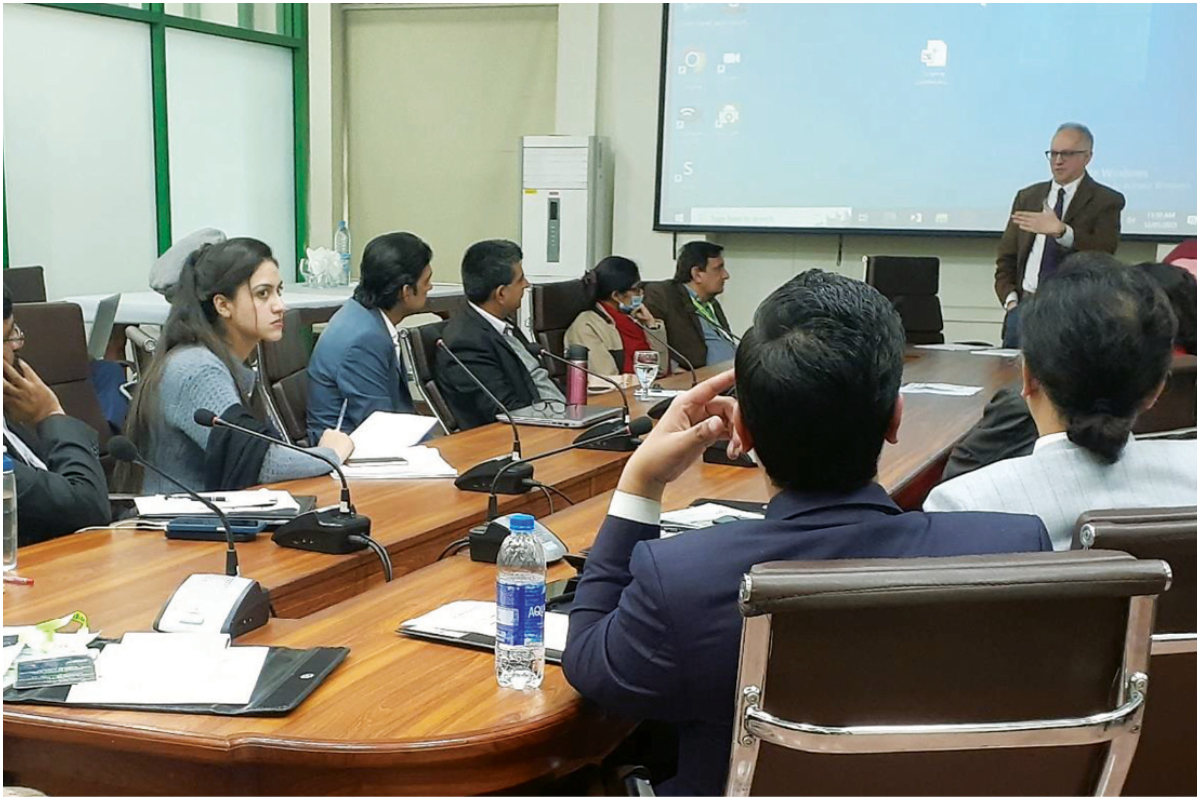
In the name of science
Scientists, journalists encouraged to work together
Karachi: The International Workshop on Science Journalism at Forman Christian College was a blend of scientists and journalists. Both sides did not feel easy with each other: journalists hardly cover science, whereas scientists are media shy.
“The lack of science journalism has created a society where science has become a nightmare for students, academia and policymakers,” said Dr Shahid Munir, Punjab Higher Education Commission chairman at the inaugural ceremony of the conference.
“As science is a ready and reliable tool to defuse myths, journalists can help pass on the research to the public in the easiest way.”
He gave the example of former US president Donald Trump, who often mocked the intensity of Covid-19 and the need for physical distancing, lockdown and vaccination. But luckily, World Health Organization and other credible scientists did not hesitated to snub him, whenever he challenged scientific knowledge. Media stood by science, not Trump.
“But that happened in the US, what about Pakistan? As there is no science journalism, and we failed to promote science education. Actually, science journalism promotes science education.”
He invited journalists to have access to the scientific work funded by the Higher Education Commission and celebrate scientists. Dr Mahaletchumy Arujanan, global coordinator of ISAAA, and executive director of MABIC, Malaysia, worked with journalists on why scientists need to be involved in science communication, the basic principles in science communication and how common mistakes can be identified and avoided.
She engaged both scientists and journalists on common grounds in communication. “We should admit that scientists are, frequently, not good communicators or good story tellers,” she said.
“They love to speak to each other, but they are not trained to talk to non-technical audiences on science topics. Unless scientists do not come out of their comfort zones and learn effective communication tools, the distance between them and journalists will remain.”
She built her case of scientists’ communication on education, awareness, appreciation and acceptance. “When you present your research to a journalist, try to remember that you’re not presenting your research at a conference. Change your research into a story. When talking to the public, or journalists, try not to make your talk scripted.”
She said the target audience has gaps in their knowledge of science, and that through outreach, ti can be taught to people and fill in these gaps. It is the duty of scientists to provide information.
“Once a dialogue occurs between the public and scientists, the two-way communication will build trust. Right now, scientists are considered experts, but the public should be given the opportunity to ask questions.”
She urged journalists to build more and more connections with scientists and this way, science will become their interest area.
One participant pointed out that though everyday life has lots of connections with science, still, people in general do not like science.
“Like, when we meet friends and discuss the weather, food, weight loss, and smog, among others, we are talking science.” Ehsan Masood, bureau chief of editorial, Africa and the Middle East Nature, London, spoke on opinion writing for scientists.
The topic was startling: writing opinions by scientists. How come is it possible to write opinions on science when the discipline is based on all facts?
He stated that everything science says is assumed to be true, so when readers read a news story containing scientific elements, they think, and they form an opinion, they end up getting takeaways.
“Once upon a time, journalism was opinion; its first use was to propagate religious literature,” he said. Later on, the newspapers started the opinion section but they reflected the views of newspaper owners. Over time, the separation of news and opinion occurred; it was spearheaded in the US – where opinion and news teams started separately and the first opinion page in a newspaper was published in 1970 in the New York Times.
Dr Manzoor Soomro, advisor to the Immediate Past President Economic Cooperation Organization, has authored a chapter for the book, Communicating Science: A Global Perspective with a focus on Pakistan.
He stated that Pakistani media are active information sources. The most widely used media for both information and entertainment TV. The vast majority of media outlets have websites and internet channels.
“It would be quite challenging to identify even one ‘genuine science journalist’ in Pakistan, despite the country having produced exceptional journalists in every sector, including national politics, international affairs, entertainment, and sports,” he said.
“The obvious explanation is that science journalism does not appear to be in demand in Pakistani media, whether print or electronic, where journalists are often preoccupied with foreign and domestic politics. Science is covered by general reporters rather than specialised science journalists.”
The media in Pakistan has a political slant, favouring international and domestic politics over other topics.
“While scientific topics like climate change are frequently high on the political agenda in industrialised nations, they are rarely mentioned in Pakistani media. According to the Global Climate Risk Index 2018, Pakistan is the seventh-most vulnerable nation to climate change. Thousands of people have died and millions have been displaced as a result of harsh weather disasters. Despite this dire condition, Pakistan makes a very small contribution to media coverage of climate change issues.”
He said that in Pakistan, there are more than 83 TV stations, yet none of them is devoted to science and technology. Only three popular science documentary television shows were created in Pakistan: Ilm Kay Raastay in the 1980s, Asrar-e-Jahan in 1995, and Bazm-e-Kainat in 2003. Professor Abdus Salam was interviewed by the Ilm Kay Raastay show in the late 1980s. Prof Pervez Hoodbhoy who later won the UNESCO Kalinga Prize for his efforts to raise public awareness of science; produced and developed all three documentary series. “Science journalism is said to be weak in part due to a lack of institutional support,” he concluded.
Catch all the Urban Insight News, Breaking News Event and Latest News Updates on The BOL News
Download The BOL News App to get the Daily News Update & Live News.





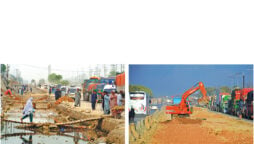
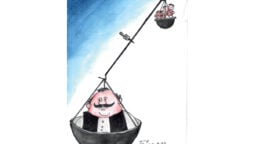
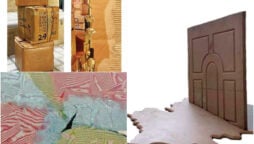
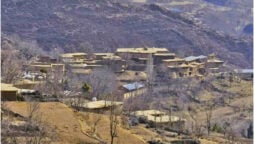
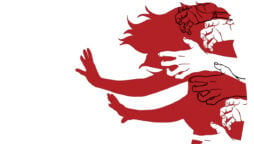
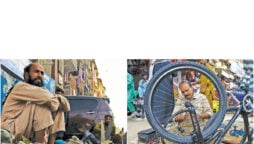

 Read the complete story text.
Read the complete story text. Listen to audio of the story.
Listen to audio of the story.